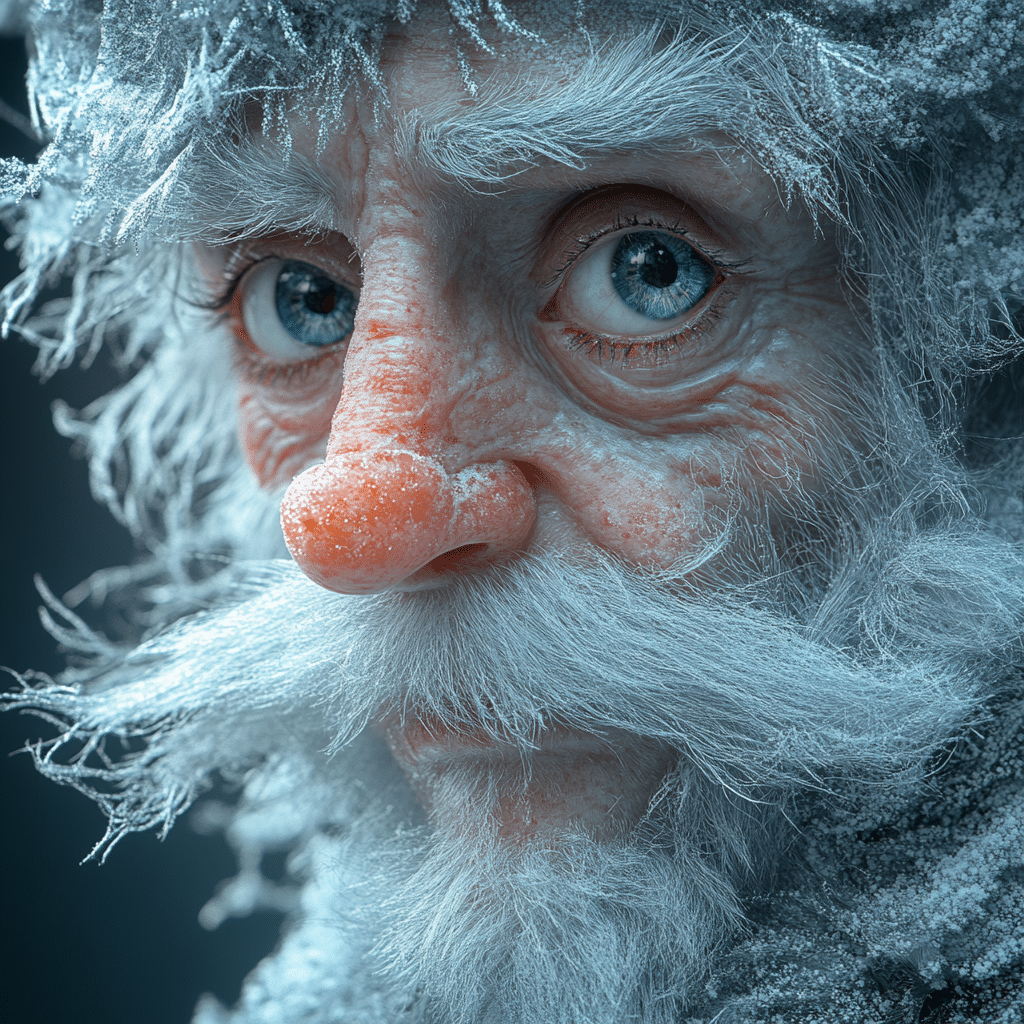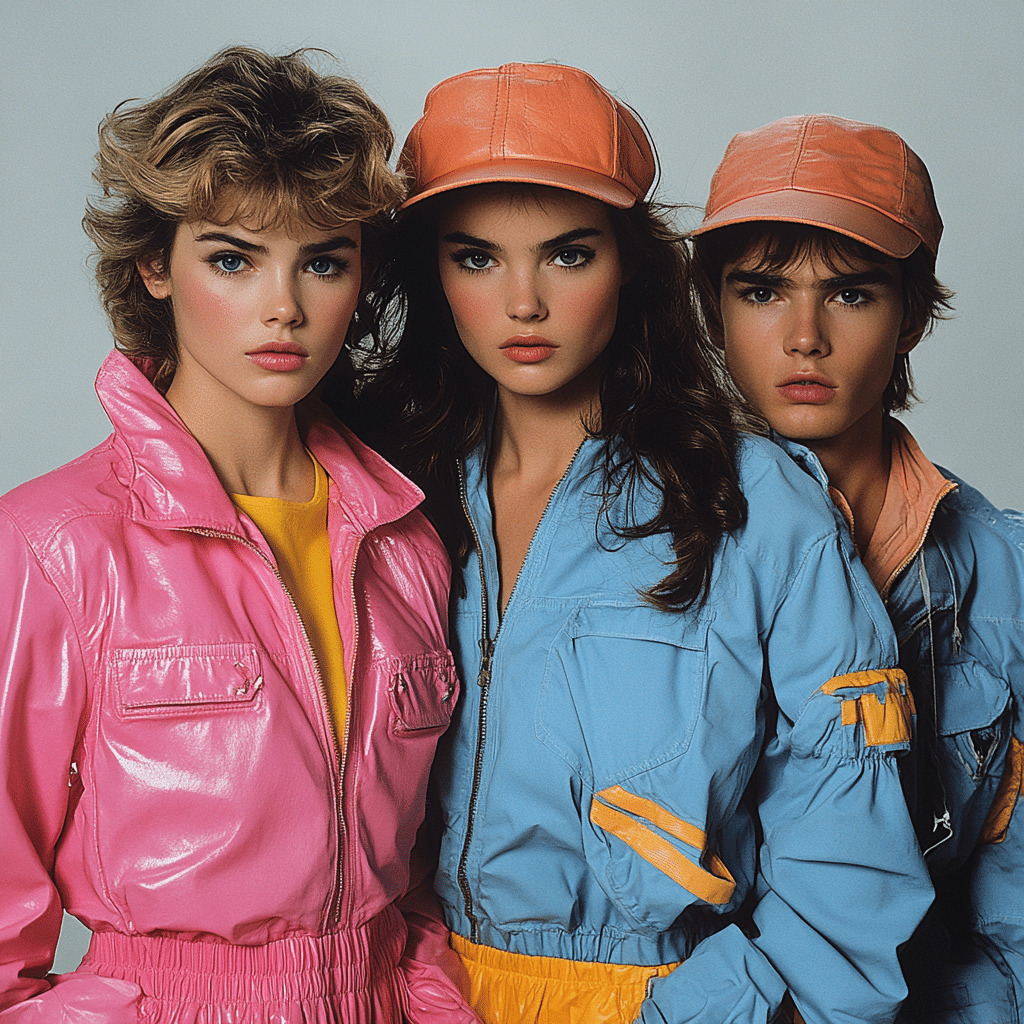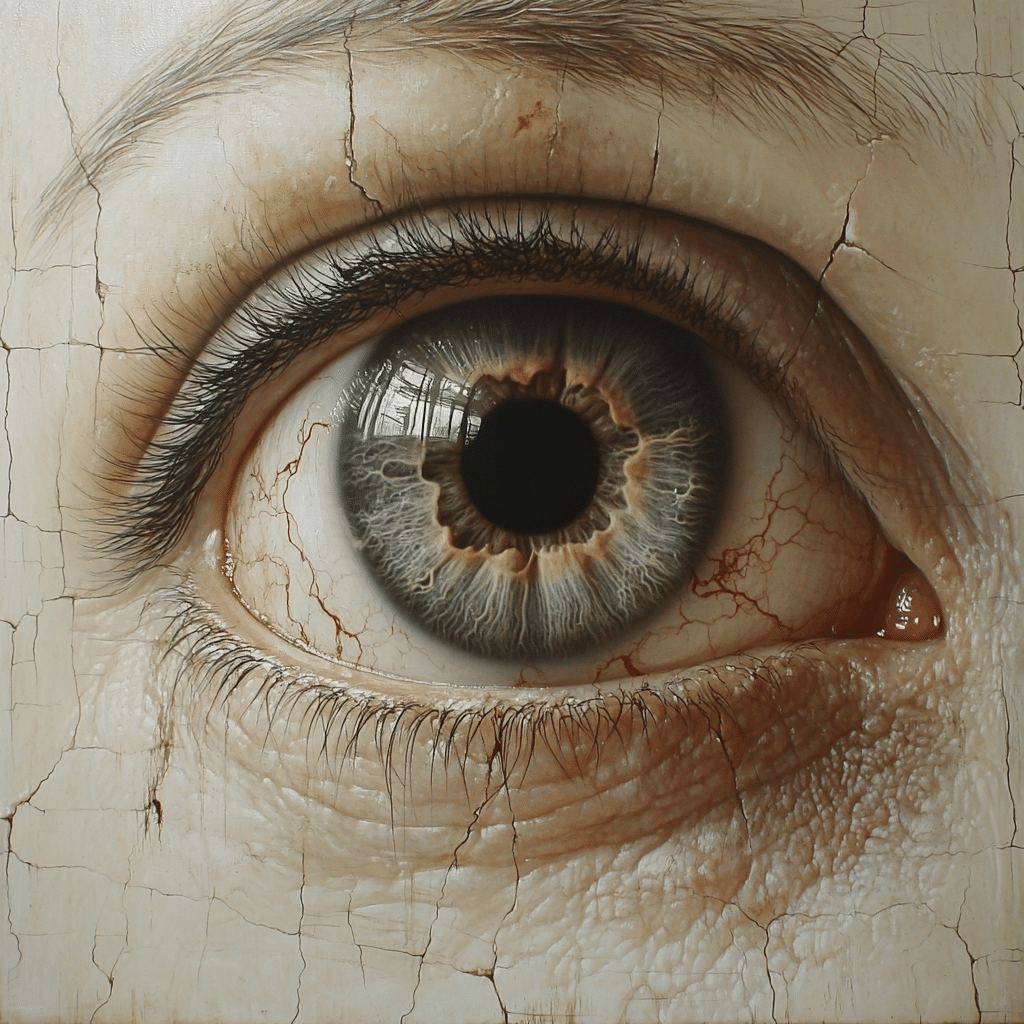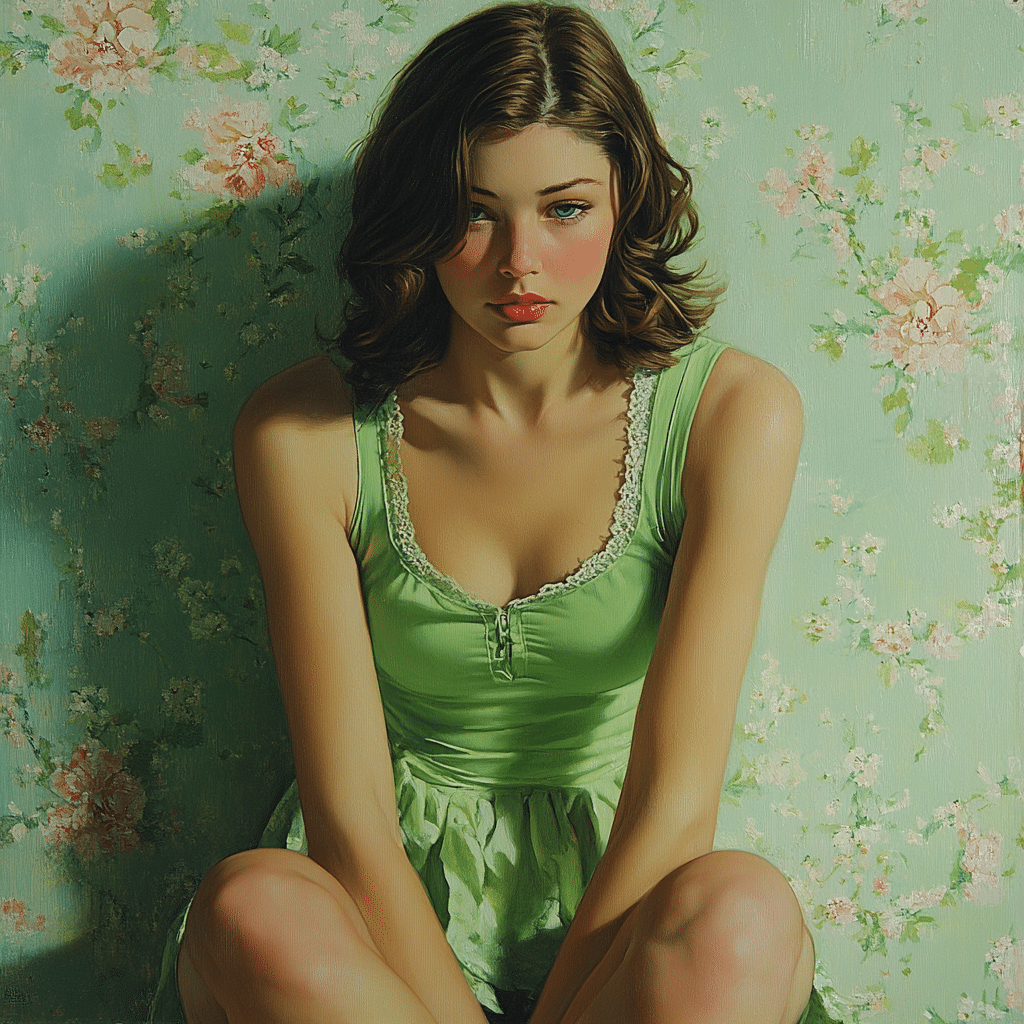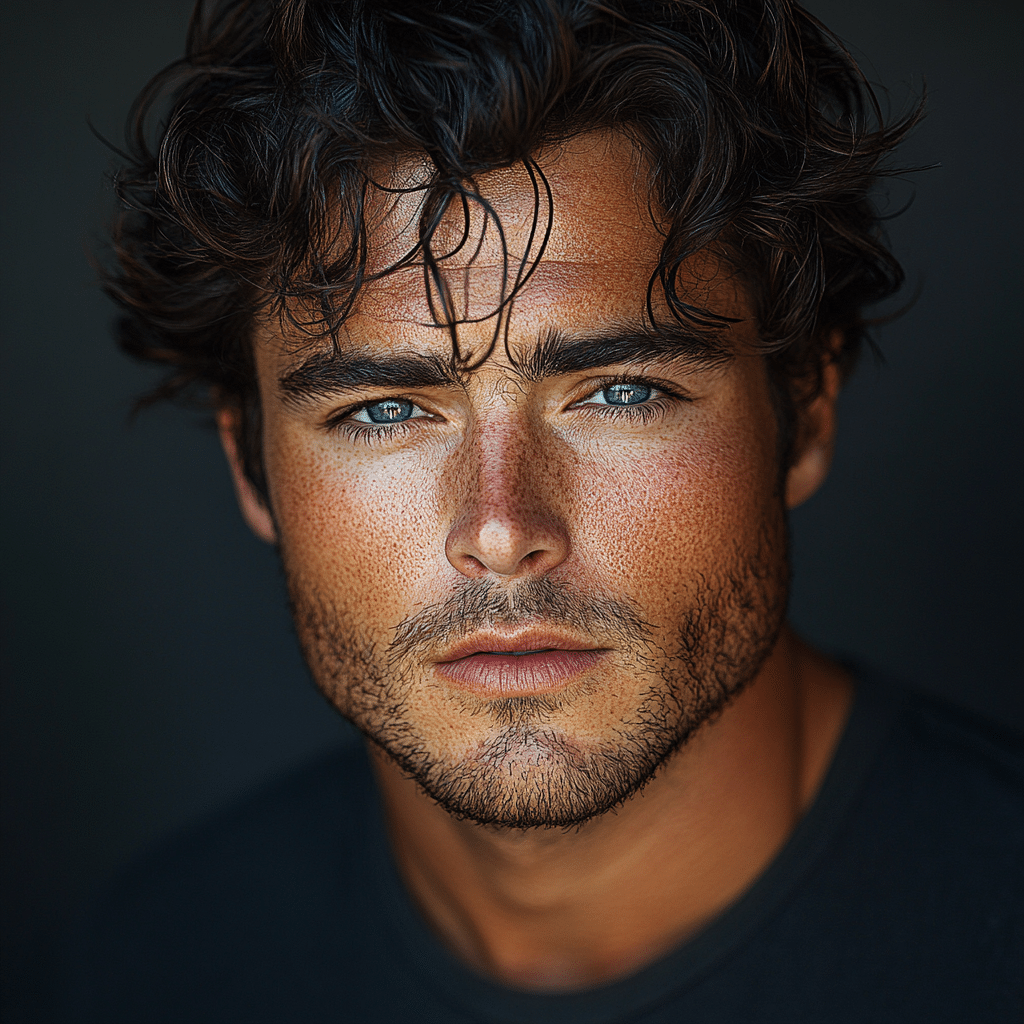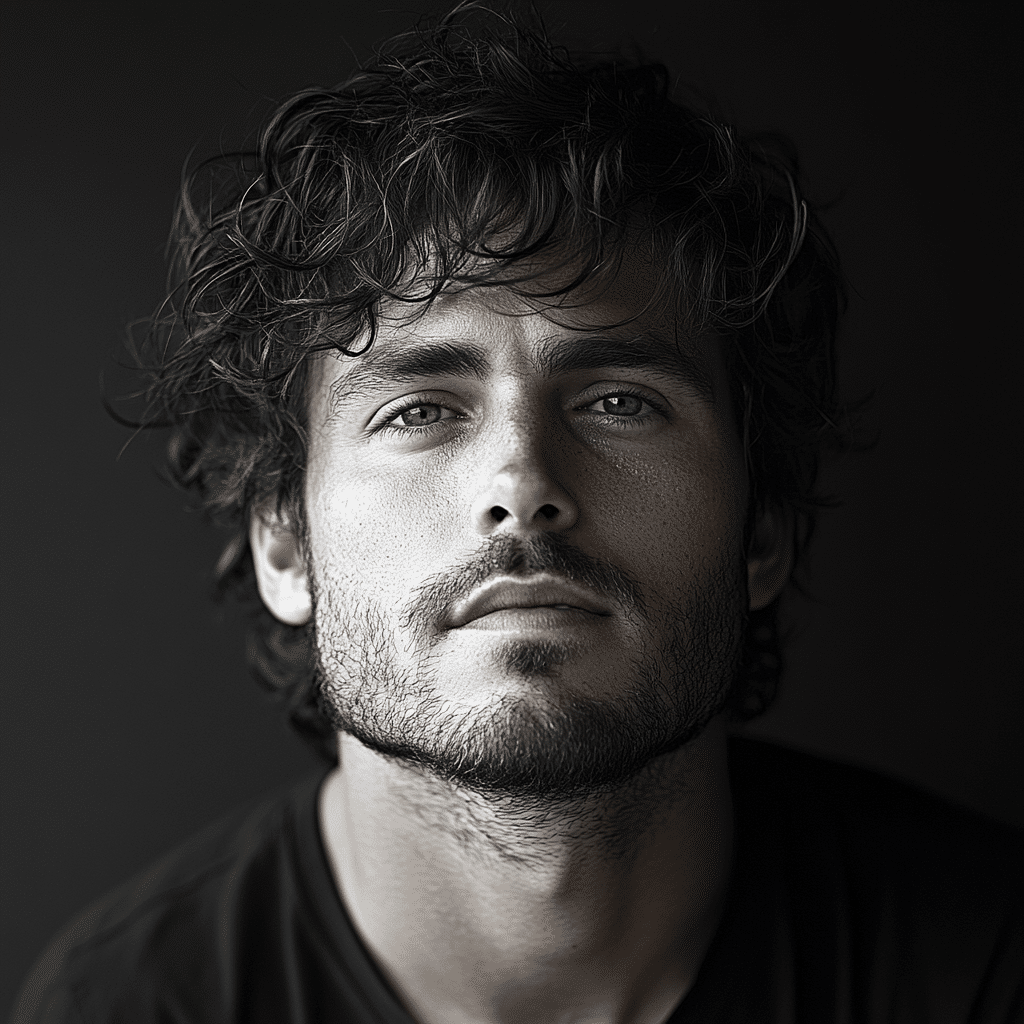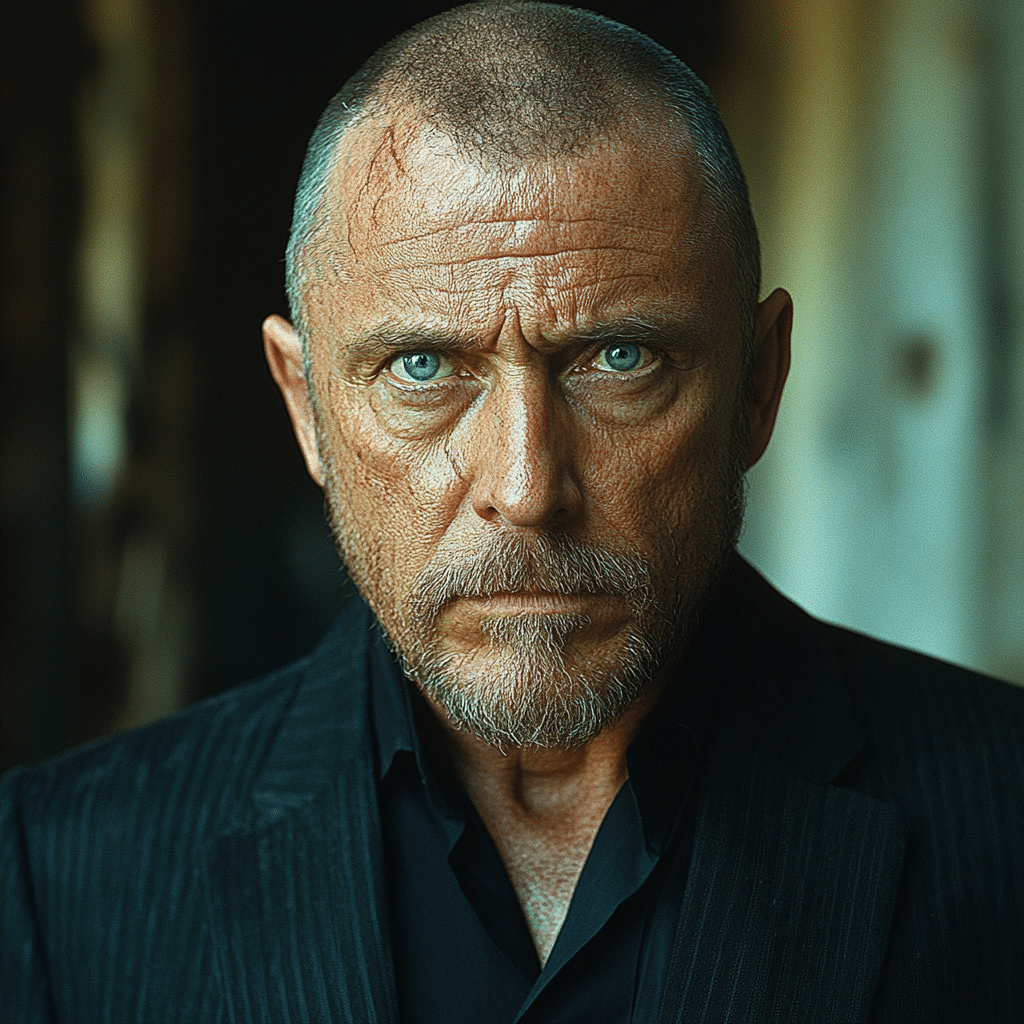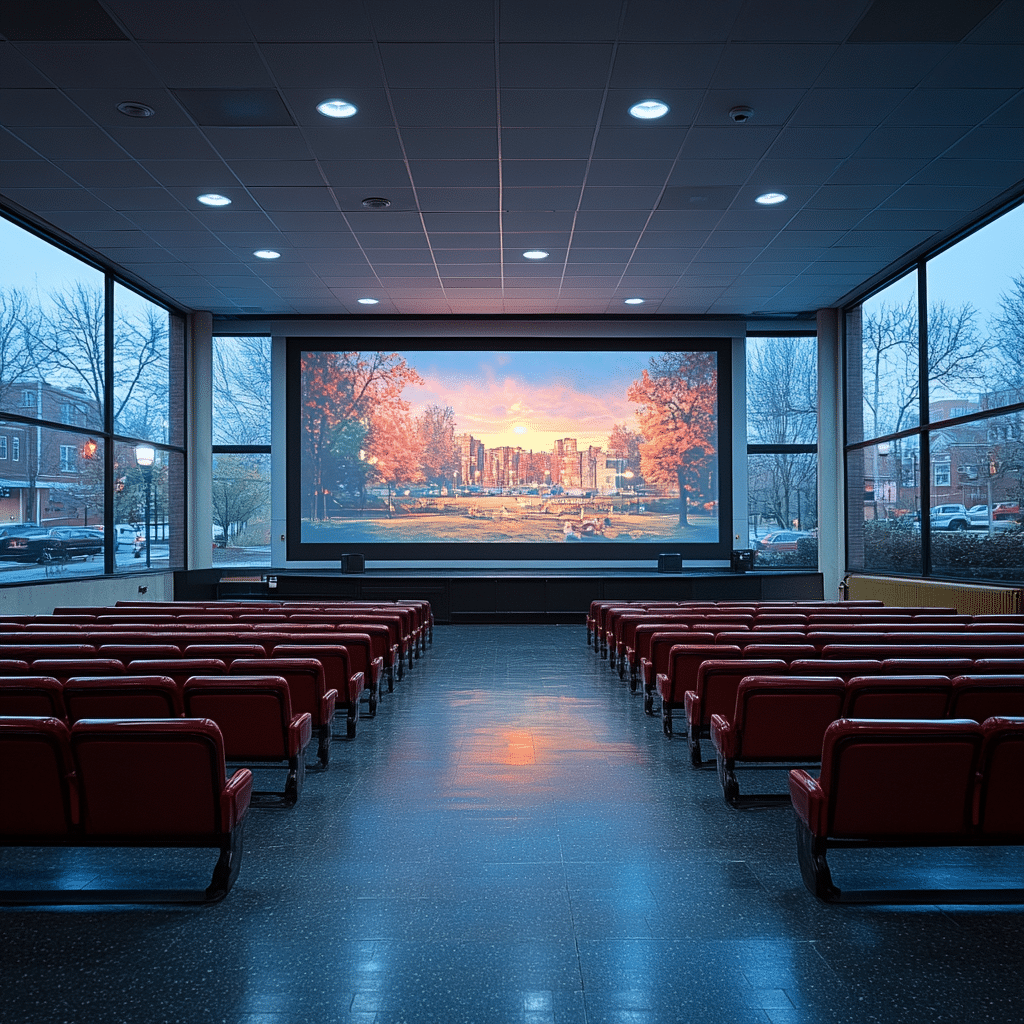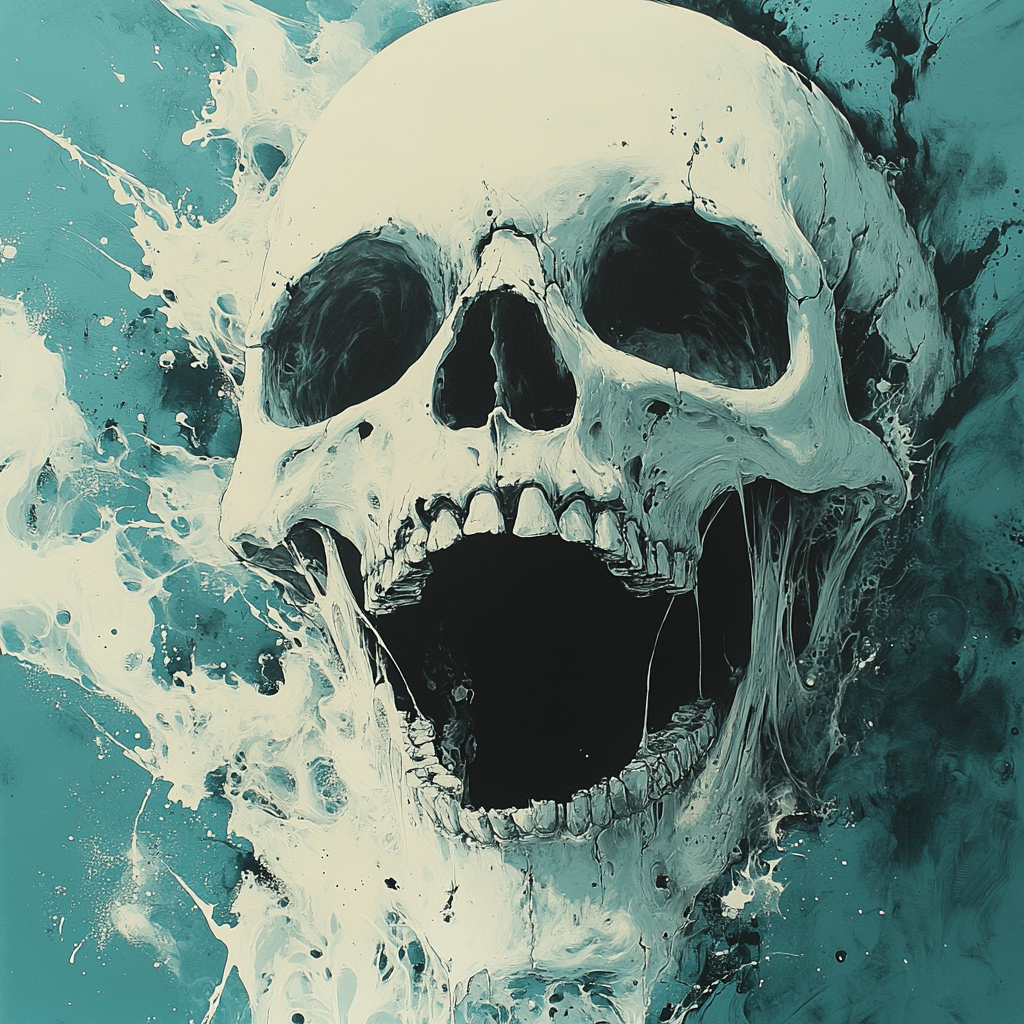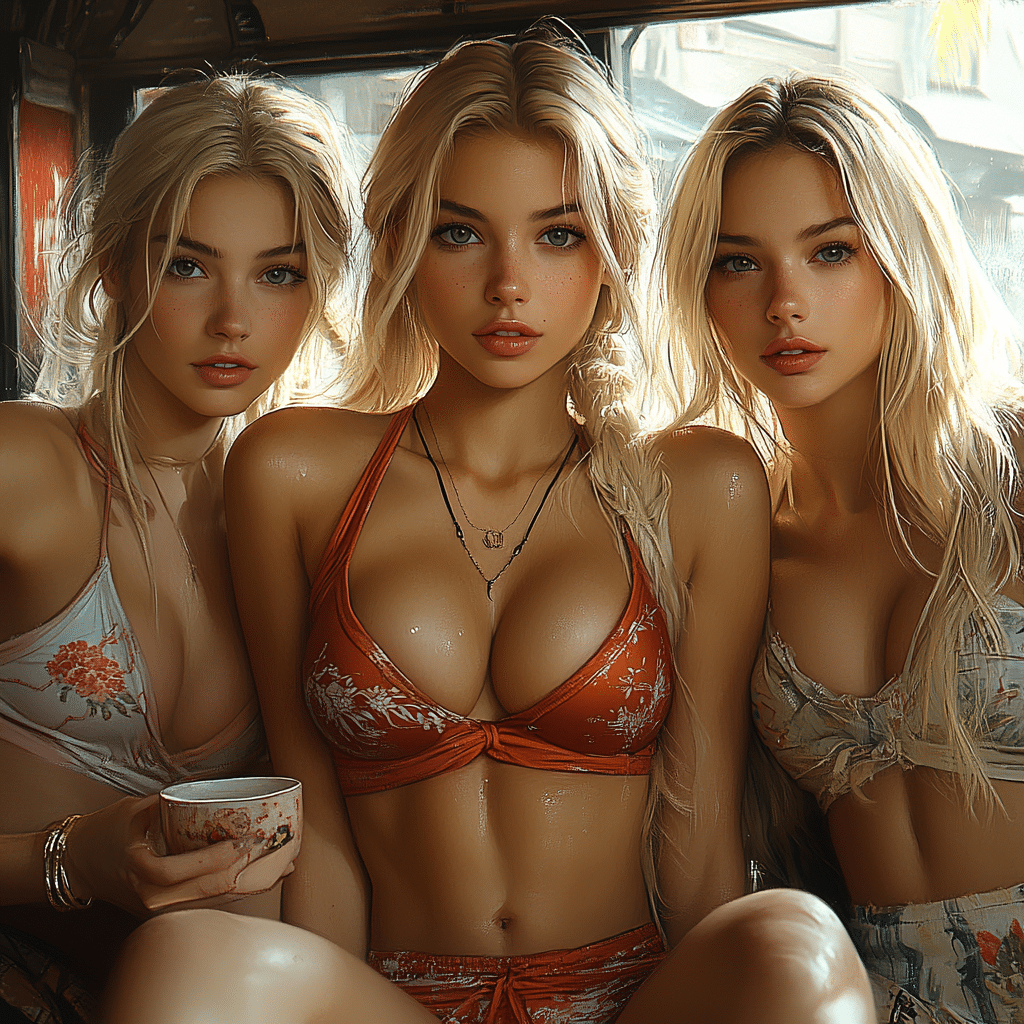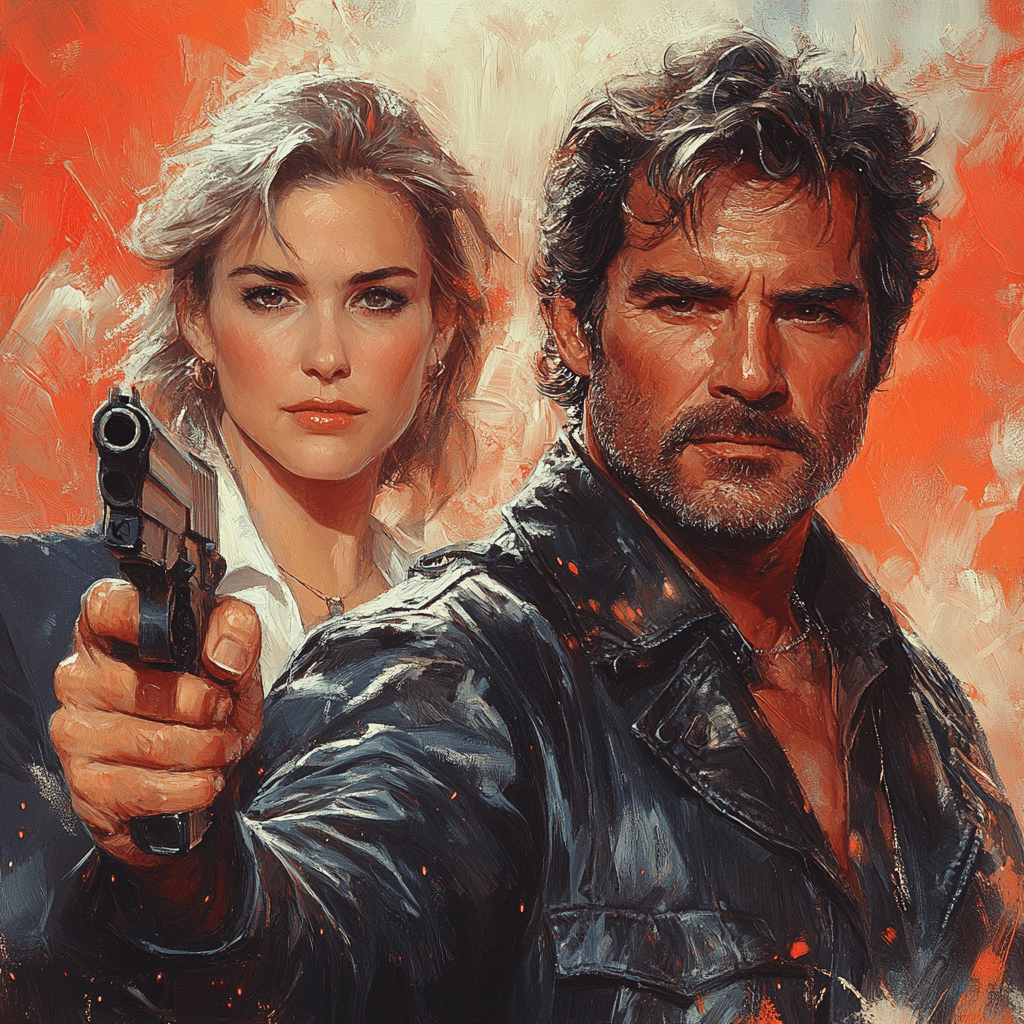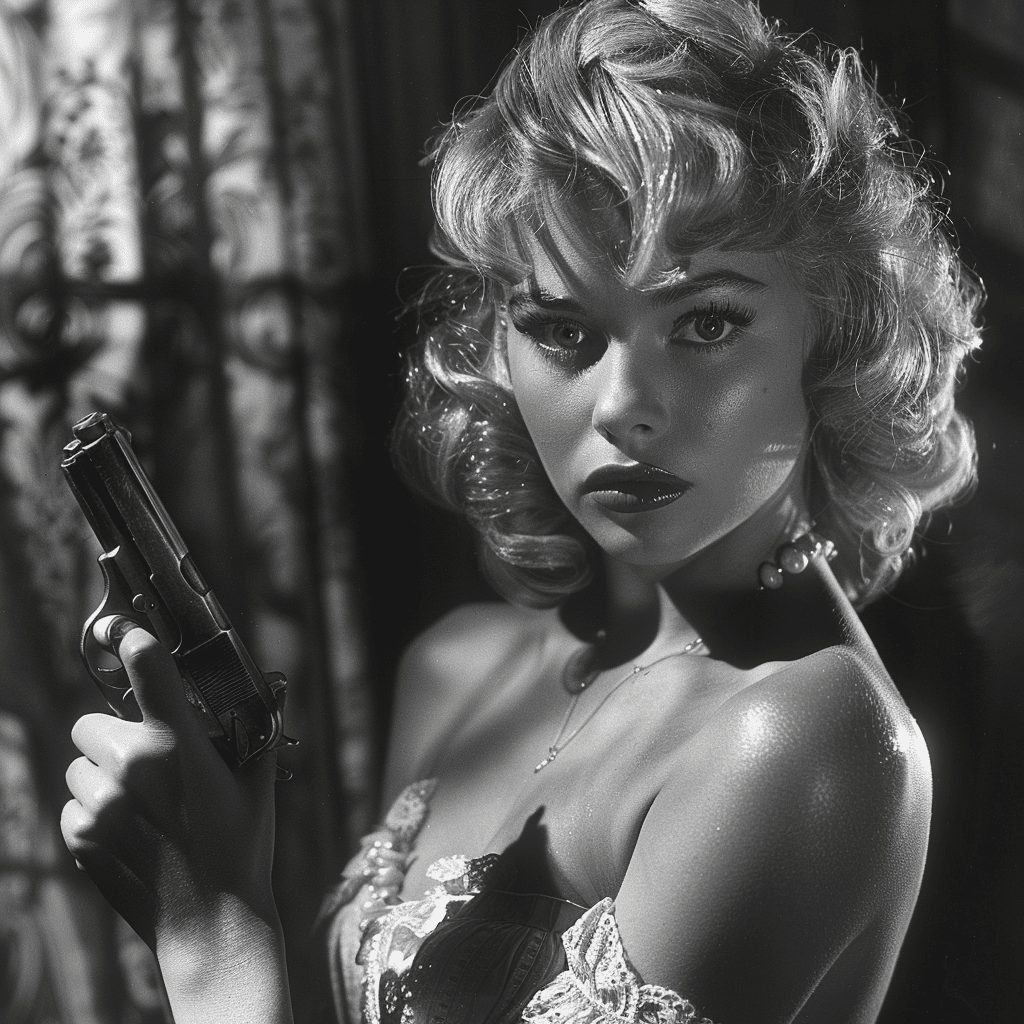In an era dominated by digital technology, the enduring appeal of 35 mm film remains a testament to its craftsmanship and artistic value. It’s fascinating how this format, which many once thought would fade away, continues to inspire filmmakers across generations. The magic of 35 mm film captures not just images, but emotions, textures, and stories. Today, we’ll take a deep dive into its significance as a medium that shaped classic cinema and continues to influence modern filmmaking.
Top 7 35 mm Film Masterpieces That Define Cinematic History
The following films are the pinnacle of artistry captured on 35 mm film, showcasing a range of styles, genres, and groundbreaking techniques. These masterpieces have left indelible marks on cinematic history.
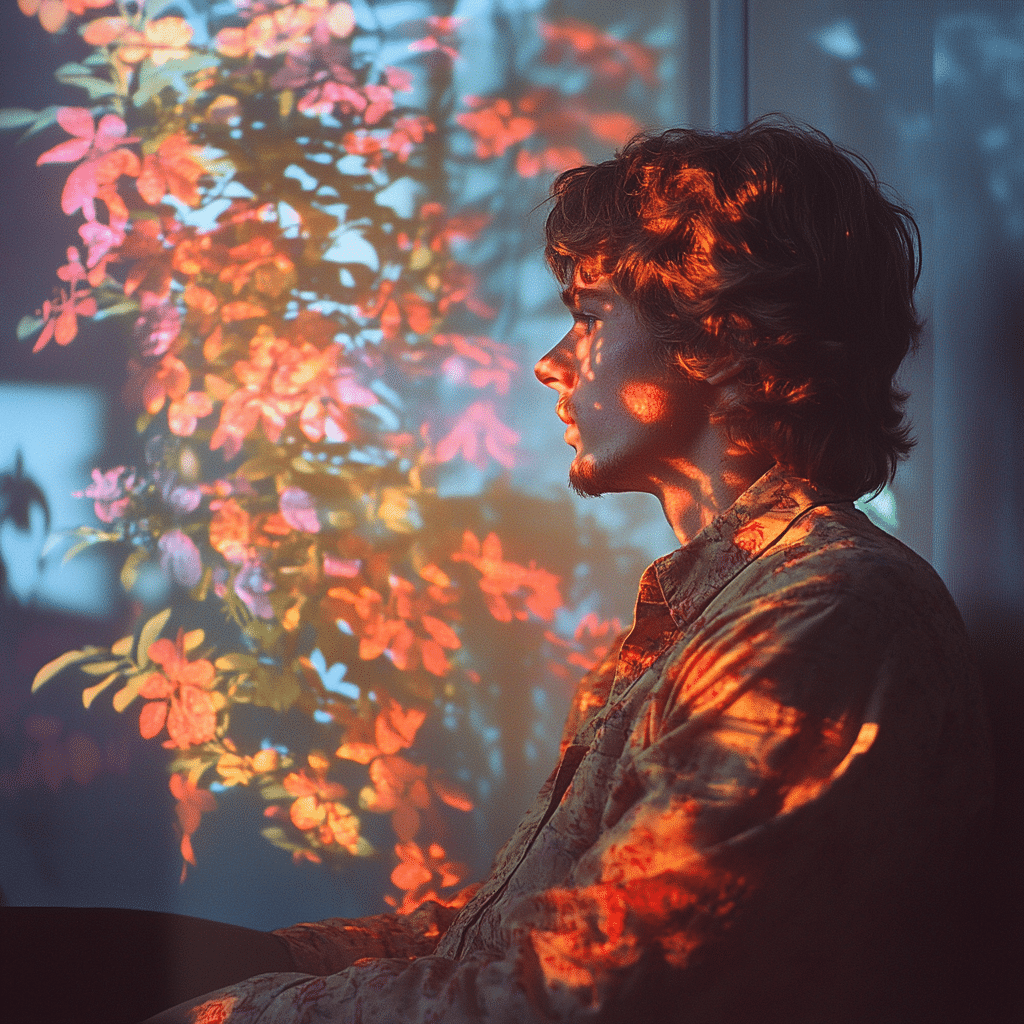
1. Citizen Kane (1941)
Orson Welles spun cinematic gold with Citizen Kane, a benchmark of nonlinear narrative. This film pushed the boundaries of storytelling, using 35 mm film to bring to life its groundbreaking visual style. The collaboration with cinematographer Gregg Toland created deep-focus cinematography that allows viewers to see multiple planes of action unfold simultaneously. It’s a wild ride through ambition, wealth, and the human soul, themes that still resonate deeply today.
The film’s iconic structure, where we unravel the mystery of the titular character, Charles Foster Kane, proves that 35 mm film can be as much about what is unsaid as what is shown. The emotional impact is layered, each frame carefully constructed, revealing Welles’ genius. As we approach forty years later, Citizen Kane remains essential viewing for anyone serious about cinema.
2. The Godfather (1972)
When Francis Ford Coppola took on Mario Puzo’s novel, he didn’t just adapt a story; he fashioned a masterpiece of American cinema with The Godfather. The film exemplifies the power of 35 mm film in capturing intricate character studies and complex narratives. With cinematographer Gordon Willis at the helm, the film drips with color and deep shadows, painting a vivid portrait of the Mafia’s psychological landscape.
Every frame is a lesson in tension and drama, showcasing the strength of 35 mm film to create an immersive experience. As we delve into the lives of Michael, Vito, and the entire Corleone family, we are treated to a rich tapestry of loyalty, betrayal, and power. This film remains an archetype of storytelling that transcends time.
3. Psycho (1960)
Alfred Hitchcock changed the horror genre forever with Psycho, a movie that masterfully utilizes 35 mm film to heighten suspense and thrill. The infamous shower scene, with its rapid cuts, leaves audiences breathless while demonstrating the power of visual storytelling. The stark contrast of black and white film brings an eerie quality, enabling Hitchcock to create a terrifying atmosphere that resonates even decades later.
The innovative use of sound and editing in tandem with 35 mm film fundamentally transformed modern horror cinema. It’s a study in fears — fear of the unknown, fear of betrayal — placed right before our eyes in chilling clarity. Hitchcock’s genius elevates this masterpiece beyond mere entertainment; it’s art that challenges and provokes.
4. Blade Runner (1982)
Ridley Scott’s Blade Runner is often hailed as one of the greatest science fiction films, and for good reason. Utilizing 35 mm film, it creates a breathtaking visual world marked by rain-soaked streets and pulsating neon lights. Production design that weaves together influences from noir, dystopia, and futurism immerses viewers in a narrative about humanity in a synthetic world.
This film is a prime example of how 35 mm film can balance visual fidelity with atmospheric depth, ensuring every framing choice reflects the bleakness of its setting. Paired with Vangelis’ haunting score, Blade Runner is a rich experience, a dreamy venture into the struggles of identity and existence.
5. Schindler’s List (1993)
Steven Spielberg’s Schindler’s List stands as a powerful testimony to human resilience amidst atrocity. Shot primarily in black and white on 35 mm film, Janusz Kamiński’s cinematography captures the starkness of war while highlighting moments of unexpected humanity. The deliberate use of color, as with the haunting red coat girl, serves as a powerful reminder of the brutal truths that lurked behind the Holocaust’s dark veil.
This film solidifies the idea that 35 mm film can convey a narrative loaded with emotional weight and historical significance. Every frame is painstakingly crafted to reflect the tragic reality, establishing a cinematic experience that compels viewers to remember and understand the depths of human suffering. Spielberg reminds us that art must engage with history, a legacy etched in light and shadow.
6. The Royal Tenenbaums (2001)
Wes Anderson’s The Royal Tenenbaums is a delightful canvas filled with quirky characters and enchanting narratives. The delightful color palette reveals Anderson’s stylized storytelling, beautifully rendered through the lens of 35 mm film. This film exemplifies how the medium retains visual precision, making every scene a delightful visual treat.
From the most intricate details of costume to the precise placement of characters within the frame, each moment is rich with depth and humor. Audiences are swept away into a fantastical reality that probes the notions of family and acceptance. Anderson’s work shall forever stand out as a blend of artistry and narrative innovation—one of the truly defining films of the early 21st century.
7. Moonlight (2016)
Barry Jenkins’ Moonlight made waves during awards season, and it’s easy to see why. The film uses 35 mm film to explore the complexities surrounding identity and masculinity in an evocative way. Rich colors and intimate close-ups elevate the emotional depth of its characters, allowing viewers to connect on a profound level.
The decision to shoot on this format adds a layer of authenticity, creating a dreamlike quality that enhances the story’s focus on memory and self-discovery. Jenkins’ riveting imagery and heartfelt narrative resonate, challenging stereotypes and capturing the human experience in poignant, breathtaking detail. This film is a modern classic that proudly carries the torch of 35 mm film‘s artistic significance.

The Enduring Legacy of 35 mm Film
Discussing the legacy of 35 mm film isn’t just about looking back; it’s about appreciating its impact on today’s filmmakers. While digital cinema continues to advance, many directors like Quentin Tarantino and Christopher Nolan passionately advocate for the use of 35 mm film. Their commitment highlights qualities that digital formats simply can’t mimic.
The texture, richness, and ability to capture light in a distinctive way have made 35 mm film a revered choice. Each frame becomes a piece of art, and as the film industry progresses, it’s crucial to recognize and celebrate these masterpieces. They define cinematic history while inspiring filmmakers to take risks and challenge norms.
As we look forward, there’s no denying that the essence of 35 mm film will endure. Whether you’re watching a classic or a newer release, it’s a reminder of cinema’s ability to evoke emotion, craft stories, and create unforgettable experiences. So, next time you pop some popcorn and settle in, remember the magic that 35 mm film brings to the screen. After all, that’s the heart of filmmaking, and who wouldn’t want to be a part of that rich tapestry?
With each flicker of light, the artistry behind 35 mm film continues to live on, ensuring that generations to come will still experience its splendor. So here’s to those masterpieces that molded cinema into the transformative art form we cherish today.
35 mm Film: The Iconic Medium
The Legacy of 35 mm Film
35 mm film has been the heartbeat of the cinema for over a century, shaping the way we experience storytelling on the big screen. This format became widely adopted in the early 1900s and rose to prominence, thanks to its perfect balance of quality and convenience. Interestingly, legendary director Martin Scorsese once remarked that the use of 35 mm film has a “poetic” aspect, capturing the nuances that digital formats often miss. While many might associate 35 mm with classic masterpieces, its influence stretches into contemporary cinema, compelling filmmakers on a quest for authenticity. Speaking of quests, did you ever wonder What time it Is in Kansas? Well, every film, like every location, has its own timing that captures the viewer’s attention.
The Technical Wonders
The magic of 35 mm film lies in its intricacies—such as the grain structure and color rendition—that breathe life into each frame. For instance, the unique feel of a film shot on 35 mm compared to digital is often compared to the delightful nuance of craft beers. Just like a good drink, each shot has layers and depth, evoking a different taste in emotion. Fun fact: Moon Unit zappa, known for her artistic expression, appreciates the nostalgic vibe that 35 mm film brings to visual narratives. Who wouldn’t wish for that cozy throwback as they curl up watching their favorite oldies? It’s akin to reliving your favorite 80s TV Shows, where the charm of the era pops off the screen like a vivid dream.
An Evolving Medium
Despite the rise of digital storytelling, 35 mm film maintains a dedicated following. New filmmakers continue to explore its potential, creating a microcosm that pays homage to the classics. A notable mention is Steven Krueger, who embraces the aesthetic quality reminiscent of the golden age of filmmaking. It’s fascinating that much of what makes a film iconic can be traced back to this format. Plus, it’s said that even a quirky character like the Snow Miser, from the beloved Christmas classic “The Year Without a Santa Claus, would shine even brighter on 35 mm film. And while we’re exploring techniques, let’s not forget the unique locations where films are shot, such as Las Islas marias, an iconic backdrop that enhances storytelling, akin to how perfectly crafted Booties For Women complete an outfit. In the end, it’s all about finding that blend that resonates with audiences, making the experience unforgettable.
In summary, 35 mm film isn’t just a medium; it’s a thriving legacy full of rich tales. As we step into the future of cinema, the charm of film continues to shine brightly, demonstrating that while technology may advance, the heart of storytelling beats on.


